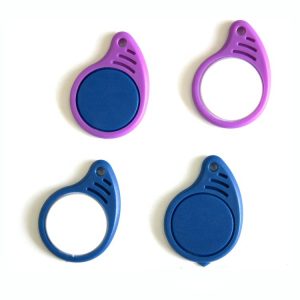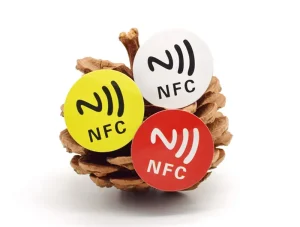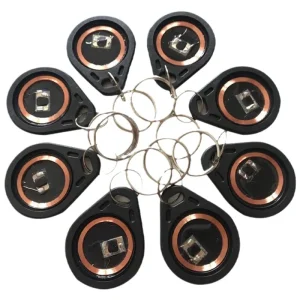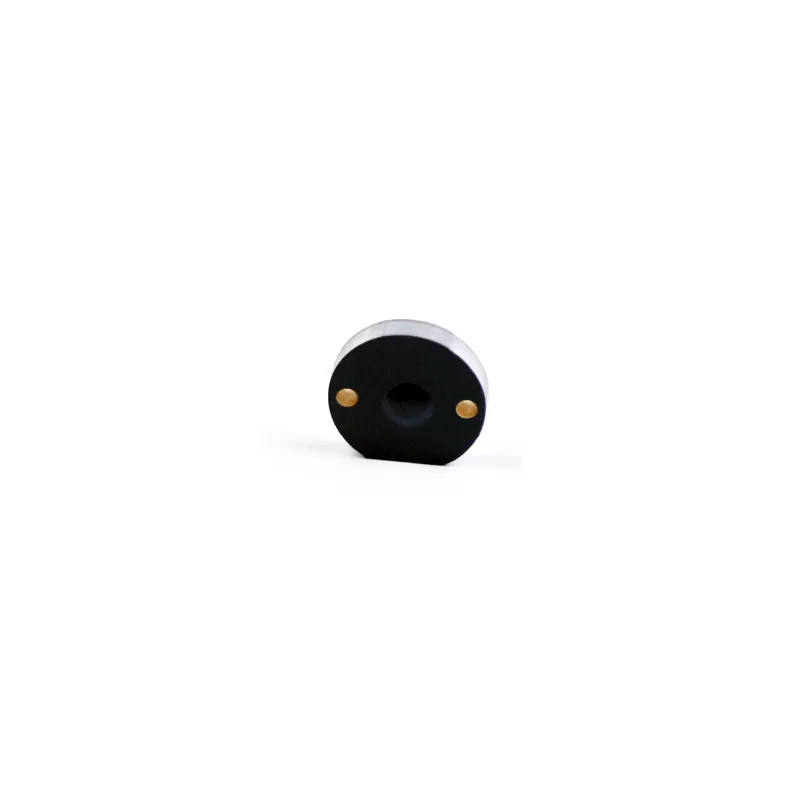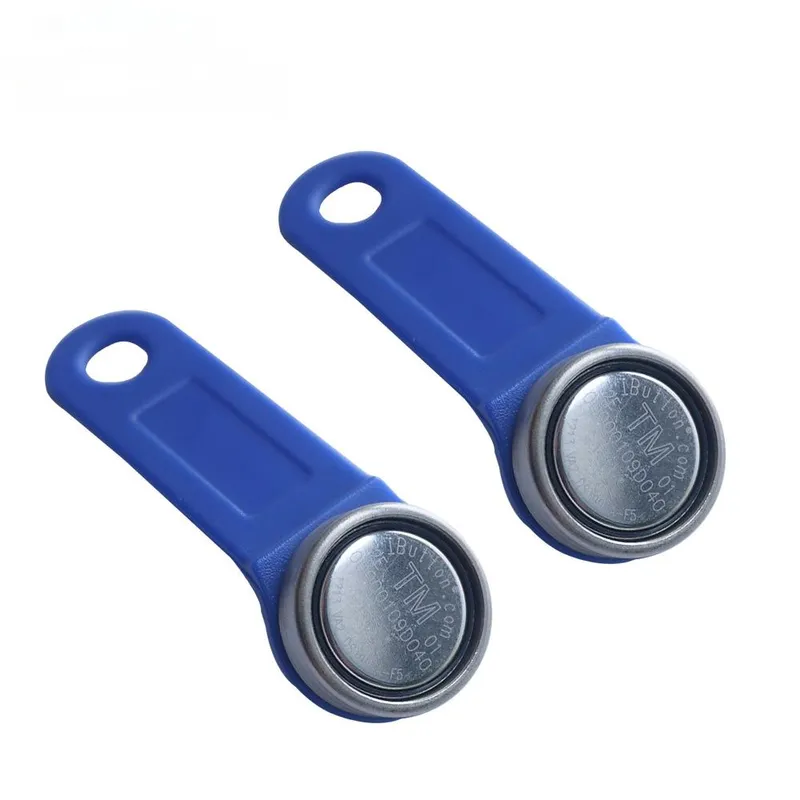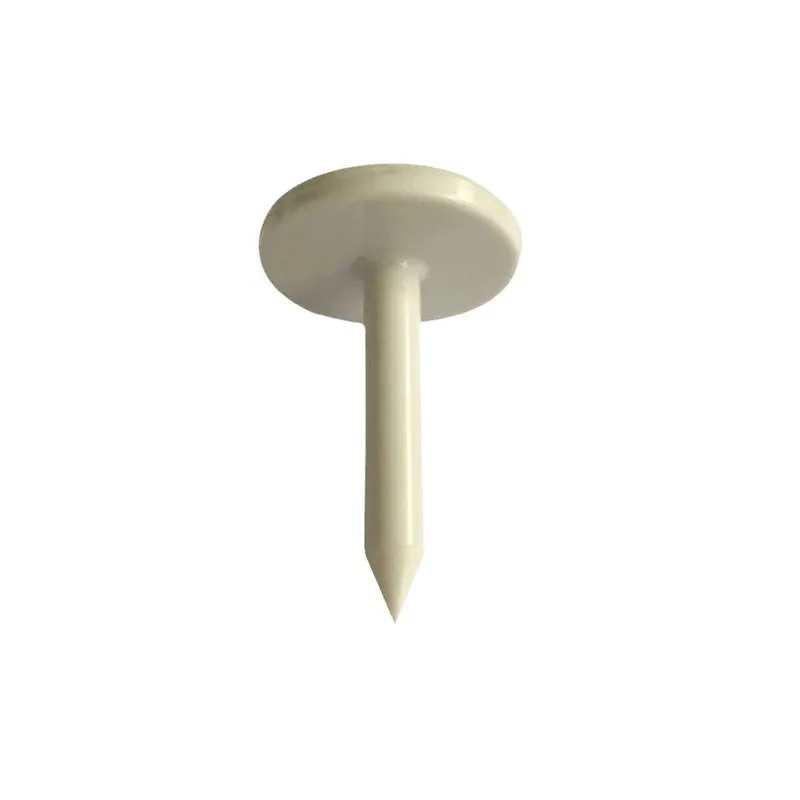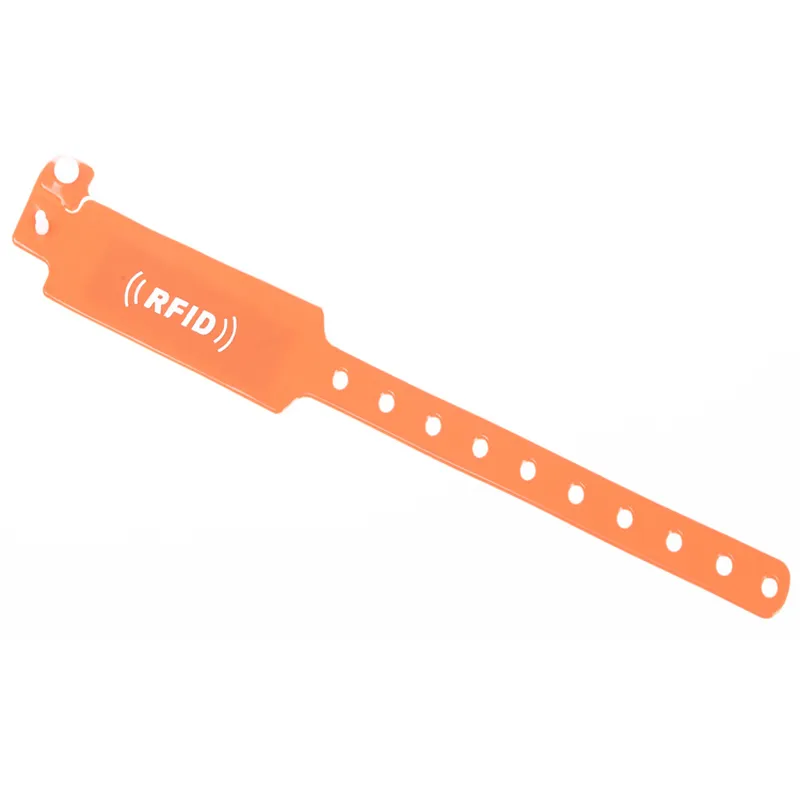RFID шувууны бөгж
АНГИЛАЛ
Featured products
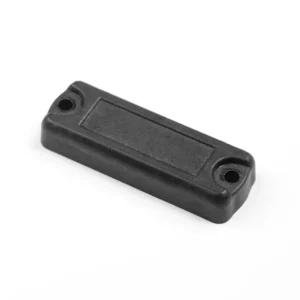
Холын зайн UHF металл шошго
Холын зайн UHF металл шошго нь RFID шошго юм…
Аж үйлдвэрийн RFID хянах
Үйлдвэрийн RFID мөрдөх RFID протокол: EPC Class1 Gen2, ISO18000-6C давтамж:…
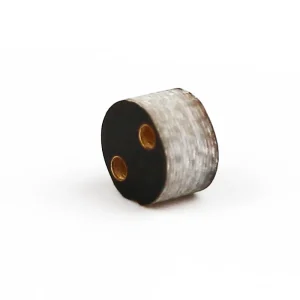
Металл шошгон дээрх RFID
RFID протокол: EPC Class1 Gen2, ISO18000-6C давтамж: (US) 902-928MHz, (ЕХ)…
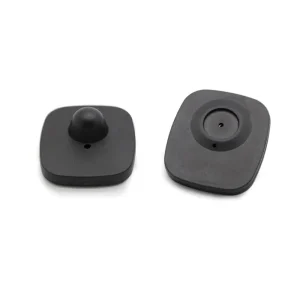
Anti Theft EAS хатуу шошго
Anti Theft EAS Hard Tag нь ашиглагддаг төхөөрөмж юм…
Сүүлийн үеийн мэдээ
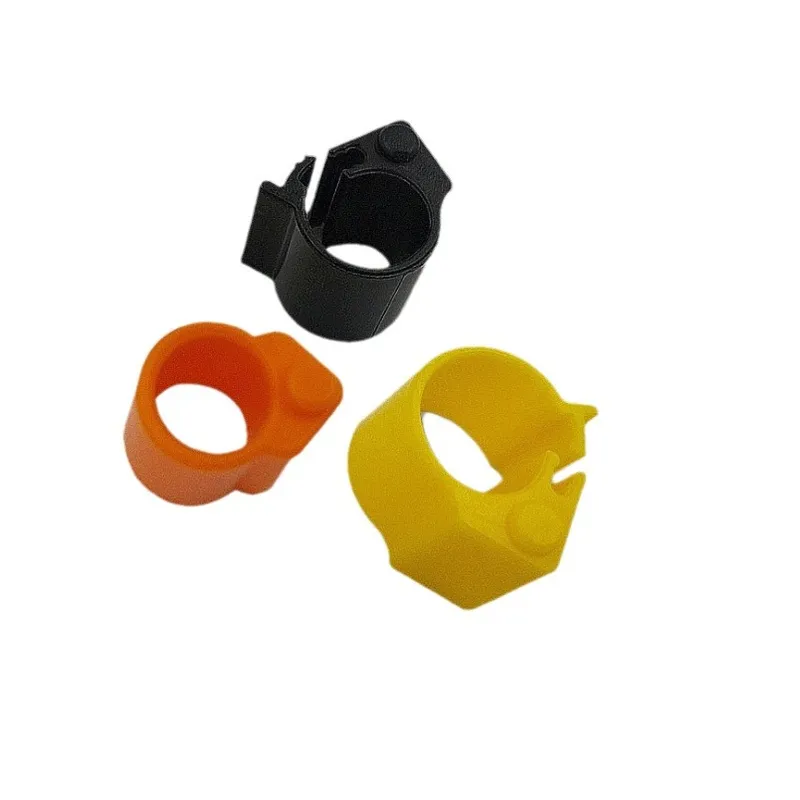
Богино тайлбар:
RFID шувууны бөгж нь идэвхгүй RFID шошго юм.. Эдгээр нь -40 ° C-аас 80 ° C-ийн температурт ажилладаг бөгөөд янз бүрийн шувуу, шувуудыг хянах, шинжлэх ухааны туршилт хийхэд тохиромжтой.. RFID тагтааны хөлний тууз нь үржүүлэгчдэд шувууны аж ахуйгаа удирдахад тусалдаг, алдагдлыг бууруулах, мөн судалгаанд хамрагдсан популяцийн оршин тогтнох хугацааг хянах. Тэд мөн тахианы маханд ашиглагддаг, бусад шувууд, болон үхэр.
Бидэнтэй хуваалцаарай:
Бүтээгдэхүүний дэлгэрэнгүй
RFID шувууны бөгж нь хөлний туузанд бэхлэгддэг; шувуу бүр өвөрмөц шошготой байдаг, мөн шувууны таних тэмдэг, түүнчлэн айлчлалын цаг, огноо, шошготой шувуу RFID тэжээгч рүү зочлох бүрт бүртгэнэ. Эдгээр идэвхгүй RFID шувууны шошго, -40°С-аас 80°C-ийн температурт ажилладаг, Төрөл бүрийн шувуу, шувууг хянах, шинжлэх ухааны туршилт хийхэд тохиромжтой. Тэдгээрийг давтамжтайгаар авах боломжтой 125 KHz ба 13.56 MHz. Цаашлаад, Энэхүү RFID бөгжийг ус нэвтэрдэггүй RFID цагираг хэлбэрийн хүчин зүйл шаардлагатай тохиолдолд нэмэлт хэрэглээнд ашиглаж болно.
RFID уралдааны тагтааны хөлний бөгжний онцлог
Учир нь тэд гэртээ харих замаа олох боломжтой байсан, эрт дээр үед тагтаа тээвэрлэгч тагтаа болгон ашигладаг байсан. Гэвч өнөө үед харилцаа холбооны технологи хурдацтай хөгжиж байна, Илүү олон хүмүүс уралдаанд зориулж тагтаа үржүүлж байна. Эдгээр үйл явдлын үр дүнд хурдны хослол нөлөөлдөг, төрөл зүйл, туршлага, болон боломж. As a result, Тагтаа өсгөх нь үржүүлэгчдээс ихээхэн цаг хугацаа, эрч хүч шаарддаг. Илүү олон тагтаа байдаг, менежмент нь илүү чухал болж байна. Үржүүлэгчид хэд хэдэн хүчин зүйлийг сайтар бодож үзэх хэрэгтэй, үүнд тагтааны зөв үүлдэр сонгох, ямар үүлдэр амжилтанд хүрэх хамгийн сайн боломж байгааг үнэлэх, хойч үеийг гаргахад аль тагтаа илүү тохиромжтой болохыг тодорхойлох. Бусад хүчин зүйлүүд нь шувууг өөр өөр цаг үед хэр хэмжээгээр тэжээхийг тодорхойлох явдал юм, эрүүл мэндээ хадгалах, болон ослоос урьдчилан сэргийлэх.
Шувууны RFID хөлний тууз хэрхэн ажилладаг
Үржүүлэгчид RFID тагтаа ID туузыг ашиглан шувууныхаа менежментийг сайжруулж болно. Нэгдсэн RFID 125 KHz чип, тус бүр нь тагтааг таних өвөрмөц UID дугаартай бөгөөд түүний төрөл зүйл гэх мэт дэлгэрэнгүй мэдээллийг кодлох боломжтой, зуршил, болон төрсөн огноо, Энэ хөлний цагирагт багтсан болно. Үржүүлэгчид эдгээр өгөгдөл дээр үндэслэн тагтаануудыг янз бүрийн торонд хийж, эмчилж чаддаг. Үржүүлэгчид энэ өгөгдөл болон RFID хяналтын технологийг ашиглан хэдэн тагтаа тэмцээнд бэлтгэх шаардлагатай, хэдэн удаа өрсөлдөх боломжтойг илүү нарийвчлалтай тодорхойлохын тулд шаардлагагүй алдагдлыг багасгаж, илүү сайн уралдааны тагтаа гаргаж чадна..
RFID шувууны цагиргийг тахианд амжилттай ашиглаж байна, бусад шувууд, тагтаанаас гадна үхэр. Үржүүлэгчид нэмэлт чухал мэдээллийг бүртгэж болно, амьтан бүрийн нэр, эрүүл мэндийн байдал, Эдгээр RFID шошго болон RFID системийг ашиглан амьтан бүрийн төрсөн огноог хянахаас гадна. Төрөл бүрийн үржүүлэгчдийн шаардлагыг биелүүлэх, RFID шошгуудын олон төрөл, хэлбэр байдаг, үхрийн чихний шошго гэх мэт, үхрийн шошго, хонины шошго, etc., амьтны хэмжээ, төрлөөс хамаарна.

RFID тагтааны хөлний туузнаас бид ямар мэдээлэл авч болох вэ?
RFID нь манай шошготой шувуудын зан байдлын талаар маш нарийн мэдээллийг өгдөг. Хүмүүс энэ технологийг ашиглан янз бүрийн асуултанд хариулж байна:
Шувууд өдрийн хэдэн цагт хооллодог вэ??
Цаг агаар эсвэл өрсөлдөгчид хооллох зан төлөвт хэрхэн нөлөөлдөг вэ??
Тэжээгчийн байршил нь хооллох зан төлөвт хэрхэн нөлөөлдөг вэ?
Секс ба давамгайлал нь хооллох хэв маягт хэрхэн нөлөөлдөг вэ?
Хүмүүс бидний судалж буй популяцийн оршин тогтнох хугацааг цаг хугацааны явцад хянах боломжтой.

![Rfid шошго үйлдвэрлэгч [Бөөний худалдаа | Ний цом | Гэнэтийн]](https://www.fjrfidfactory.com/wp-content/uploads/2024/04/logo.webp)

